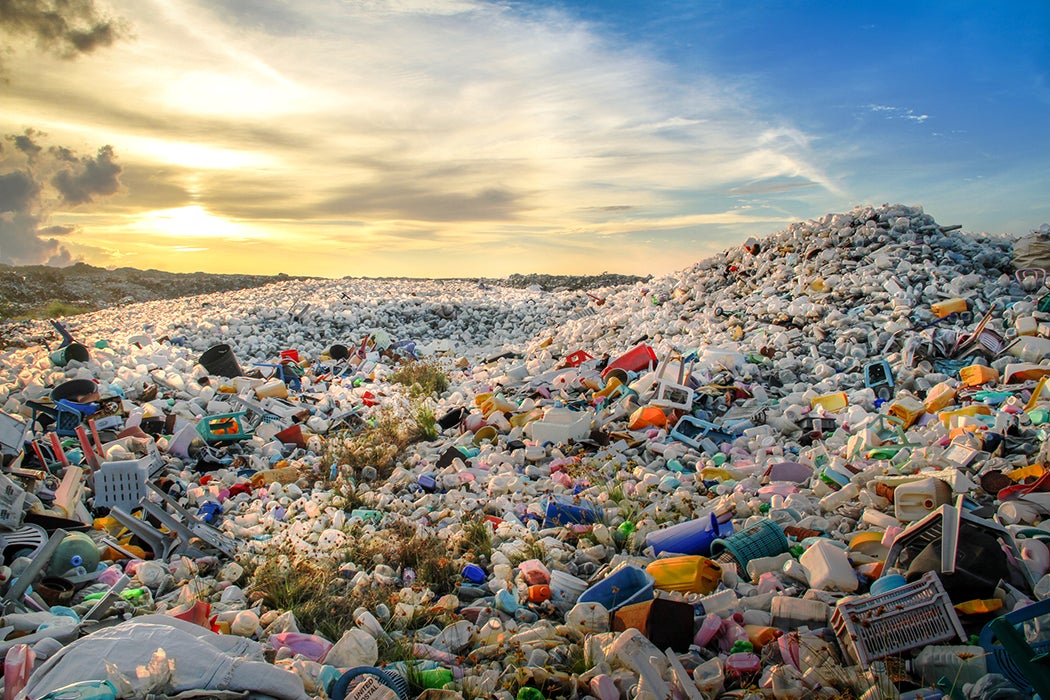You’ve seen the viral videos: an ocean filled with drifting garbage, or injured marine life choking in plastic waste. Plastic has even started appearing in the geological record. The measures attempted so far, such as recycling, or bans on certain bags or straws, are simply not up to the task. Once it enters the environment, plastic might break into smaller pieces, releasing greenhouse gasses as it does so, but it never really goes away. The world clearly needs to find alternatives to plastic.
Scientists have found a new polymer which can essentially be programmed to decompose. Unfortunately, the new material is not quite ready. As explained by Richard A. Gross and Bhanu Kalra in Science, the currently available biodegradable alternatives are not great.
Biodegradable plastics (BDPs) break down in the environment into naturally occurring components, not just smaller pieces of themselves. The most versatile base material is starch, produced by plants. When treated in a heat process, starch becomes thermoplastic starch which is more flexible and easier to mold. In theory, these materials can be composted for greatest efficiency, and the broken-down plastic could then be incorporated into the body of a plant.
There are significant downsides. Thermoplastic starch usually needs to be mixed with small amounts of polyester, often derived from petrochemical processing, to achieve the same material performance as plastic. Some polyesters can be broken down with certain bacteria, but others simply break into smaller pieces as conventional plastic does.
Even if all single-use plastic were biodegradable, however, there simply isn’t enough composting infrastructure available to handle it all. Currently, a good proportion of even recyclable or biodegradable plastic ends up in landfill where, buried without oxygen, it biodegrades slowly, if at all.
Want more stories like this one?
What about more durable plastics? For those, some researchers are looking at Miscanthus, or Elephant grass. Miscanthus grows rapidly and in dense stands up to twelve feet tall, so in terms of material-per-unit area it is very efficient. Through a bacterial process, large quantities of Miscanthus can be processed into a durable and biodegradable plastic suitable even for use in car parts. Miscanthus plastic is designed to last for years. The technology is still under development.
Since these new materials are not ready for use, and biodegradable plastics are far from ideal, the necessary course of action is still pretty clear. If we want less plastic in our oceans and landfills, then we need to use, and waste, less plastic.







